After years of navigating through the stormy seas of international trade tensions, the skies have cleared for the Australian wine industry with China’s decision to lift the 218% tariff it imposed in March 2021. This move heralds a new dawn for winemakers down under, who have suffered a staggering loss of $1 billion in value and 90 million liters in production volume over the last three years.
There’s a palpable sense of optimism in the air for the Australian wine industry. But as the Chinese tariffs dissipate like morning fog, the question on every vintner’s lips is: How do we recapture the glory days? Particularly when other countries scooped up Australia’s Chinese market share amid diplomatic iciness.
The lifting of tariffs on wine exports to China signals a promising era for the Australian wine industry. However, the path to reclaiming market share and fostering sustainable growth in this lucrative market demands strategic agility and innovative approaches. By leveraging e-commerce channels, nurturing trade relationships, engaging with China's younger demographic and tailoring products to Chinese preferences, Australian winemakers can position themselves competitively among China’s wine drinkers.
Strategy 1: Harness the Power of E-commerce
E-commerce is no longer just a channel; it’s a gateway to global markets. For the Australian wine industry, it represents an unprecedented opportunity to connect directly with consumers, bypassing traditional barriers to entry and reaching a wider audience.
The digital marketplace has become the new battleground for consumer attention, and Australian wineries must adapt swiftly. By integrating Australian winery software, producers can manage their vineyards precisely, optimize their supply chains and offer a seamless online shopping experience.
Actionable Steps:
- Develop user-friendly websites with mobile optimization to cater to the tech-savvy Chinese market.
- Establish storefronts on popular Chinese online platforms like Tmall (owned by Alibaba Group) and JD.com (a major competitor to Alibaba-run Tmall) to expand reach and get in front of Chinese consumers.
- Integrate winery software and use data analytics to understand consumer preferences and tailor marketing campaigns accordingly.

Strategy 2: Build Trade Relationships
Guanxi (relationships) are the bedrock of international trade. Re-establishing connections with Chinese distributors and retailers is crucial for regaining pre-tariff partnerships and shelf space. Also critical? Forging new ones that can withstand the ebbs and flows of geopolitical climates.
Actionable Steps:
- Attend trade shows and wine expos in China to network and showcase Australian wines.
- Conduct thorough research to find distributors with a strong track record and a robust network in the Chinese market.
- Implement transparent and fair trade practices to build long-term partnerships.
- Offer training and support to distributors to ensure they have in-depth knowledge of the Australian wine industry.
- Provide marketing materials in Mandarin, tailored to the Chinese consumer’s preferences and cultural nuances.
- Collaborate with Chinese key opinion leaders, influencers and celebrities to endorse products and reach a wider audience.
- Create joint marketing campaigns that leverage the distributor’s local knowledge.
Strategy 3: Engage China’s Younger Demographic
The younger generation in China is shaping the future of wine consumption and will play a key role in regaining market share for the Australian wine industry. They are looking for brands that reflect their values and offer a story they can relate to, and social media provides Chinese Gen Z with the dual benefits of learning about wine and living vicariously. This age group tends to spend more time and effort learning about brand stories and winemaking processes rather than fixating on price and well-known wineries.
Actionable Steps:
- Engage in social media marketing, using platforms like Bili Bili, Little Red Book and Douyin (Chinese TikTok) to reach the younger generation.
- Don't forget to get a key opinion leader (KOL) to help spread the word! In China, 10% of people influence 90% of the population, so communicate with this 10% for effective communication. It’s an indispensable way to influence the Chinese consumer.
- Develop labels and branding that resonate with the aspirations and lifestyles of younger consumers.
- Sponsor events and festivals popular among younger demographics to increase brand visibility.
Strategy 4: Tailor Products and Experiences to Chinese Preferences
While the modern Chinese wine industry was built on oaky Cabernet-driven selections aligned with traditional Chinese tastes and perceived health benefits, Gen Z is curious and adventurous. Additionally, like generations before them, they have an aspirational mindset and express national pride and cultural identity.
Actionable Steps:
- Honor tradition, but there’s no better time to explore and promote more grape varieties and Australian wine styles to attract Gen Z.
- Speaking of China’s Gen Z, just over half of this demographic has a propensity to brands that offer customized products and experiences. Weaving your social media efforts into in-person experiences with like-minded individuals will likely benefit efforts of the Australian wine industry to reclaim shelf space in China.
- Use Mandarin on labels and online platforms to ensure accessibility and clarity for Chinese consumers.
- Develop special editions for Chinese festivals and holidays, catering to their gift-giving culture.

Road to Resurgence in China Paved with Adaptability, Innovation & Guanxi
China's decision to lift tariffs on the Australian wine industry has provided a welcome relief for vintners who have experienced a tumultuous few years. The removal of these tariffs marks the reopening of China for Australian wines, presenting a significant opportunity for growth.
The importance of e-commerce in facilitating direct access to Chinese consumers cannot be overstated, allowing wineries to quickly adapt to changing market conditions. It’s equally important to establish and maintain trade relationships based on transparency, fairness and cultural sensitivity for long-term success in the Chinese market.
The younger demographic in China has a significant influence on the trends in wine consumption. To capture this market segment, Australian winemakers need to understand their preferences and values in a nuanced way. They can achieve this by leveraging social media, collaborating with KOLs and developing brand narratives that align with the younger generation's values.
Moreover, tailoring products and experiences to align with cultural preferences, including traditional tastes and evolving trends, is crucial for demonstrating a commitment to meeting the unique demands of the Chinese market.
In essence, the resurgence of the Australian wine industry in China hinges on its ability to adapt, innovate and forge meaningful connections with Chinese consumers. By embracing these strategies, Australian winemakers can navigate the complexities of international trade and rekindle the flame of success with the red dragon.
For the Australian wine industry, it’s important to leverage modern tools that offer adaptability and scalability to re-engage the Chinese market.
Crafted ERP Winery Edition can expedite your re-entry by enabling data-driven decision-making and streamlining operations.
Contact our team of Australian wine industry experts to get the conversation started!


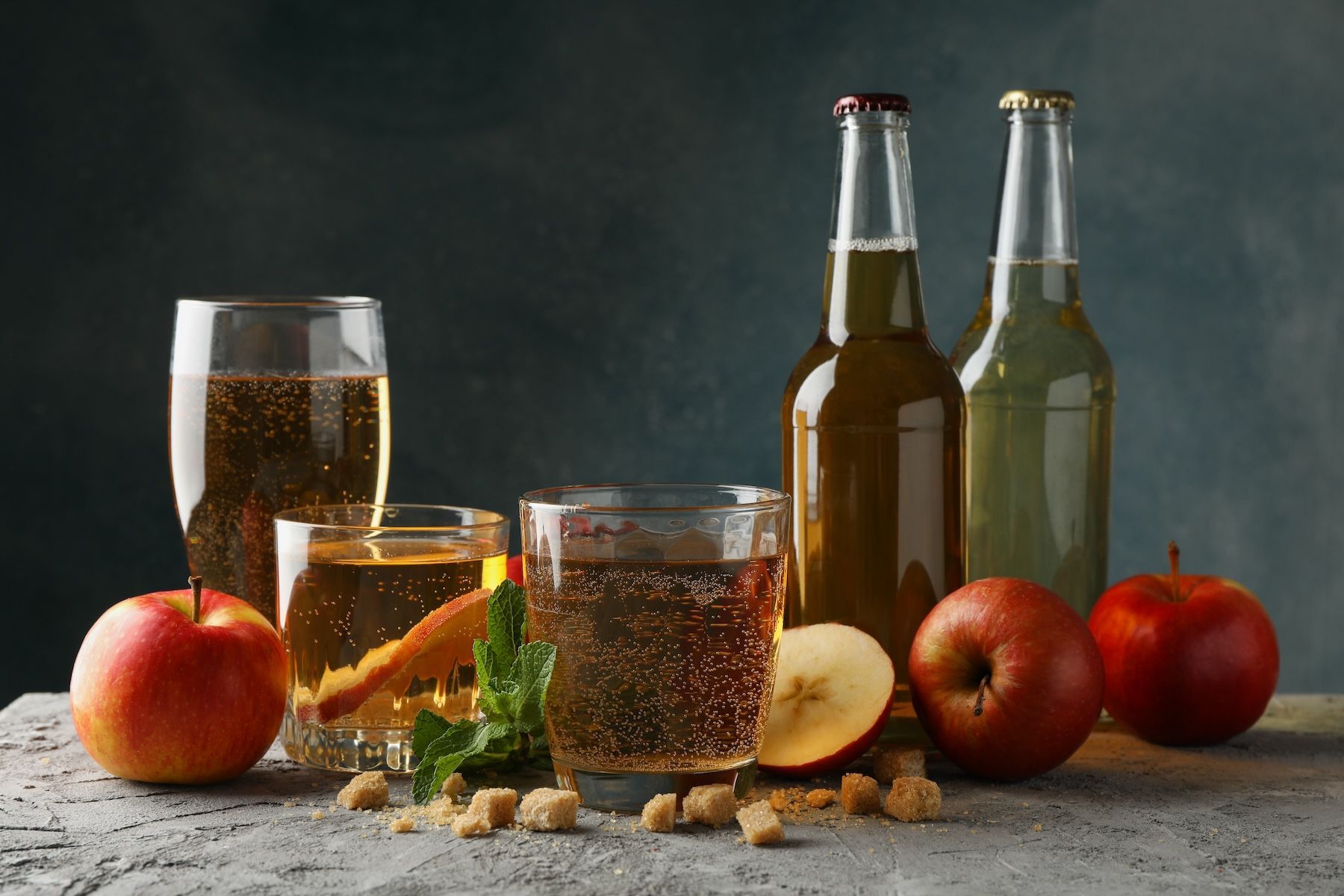


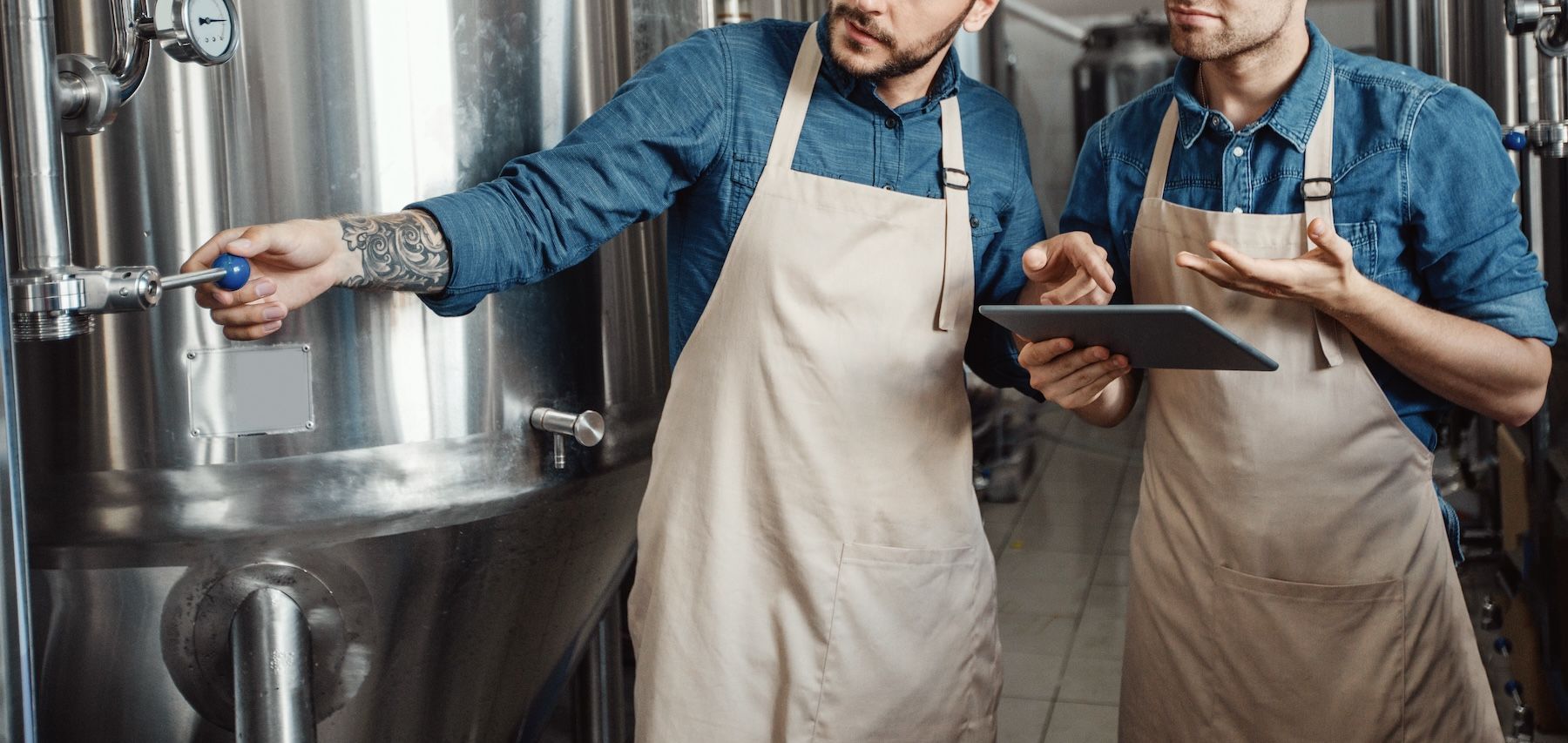
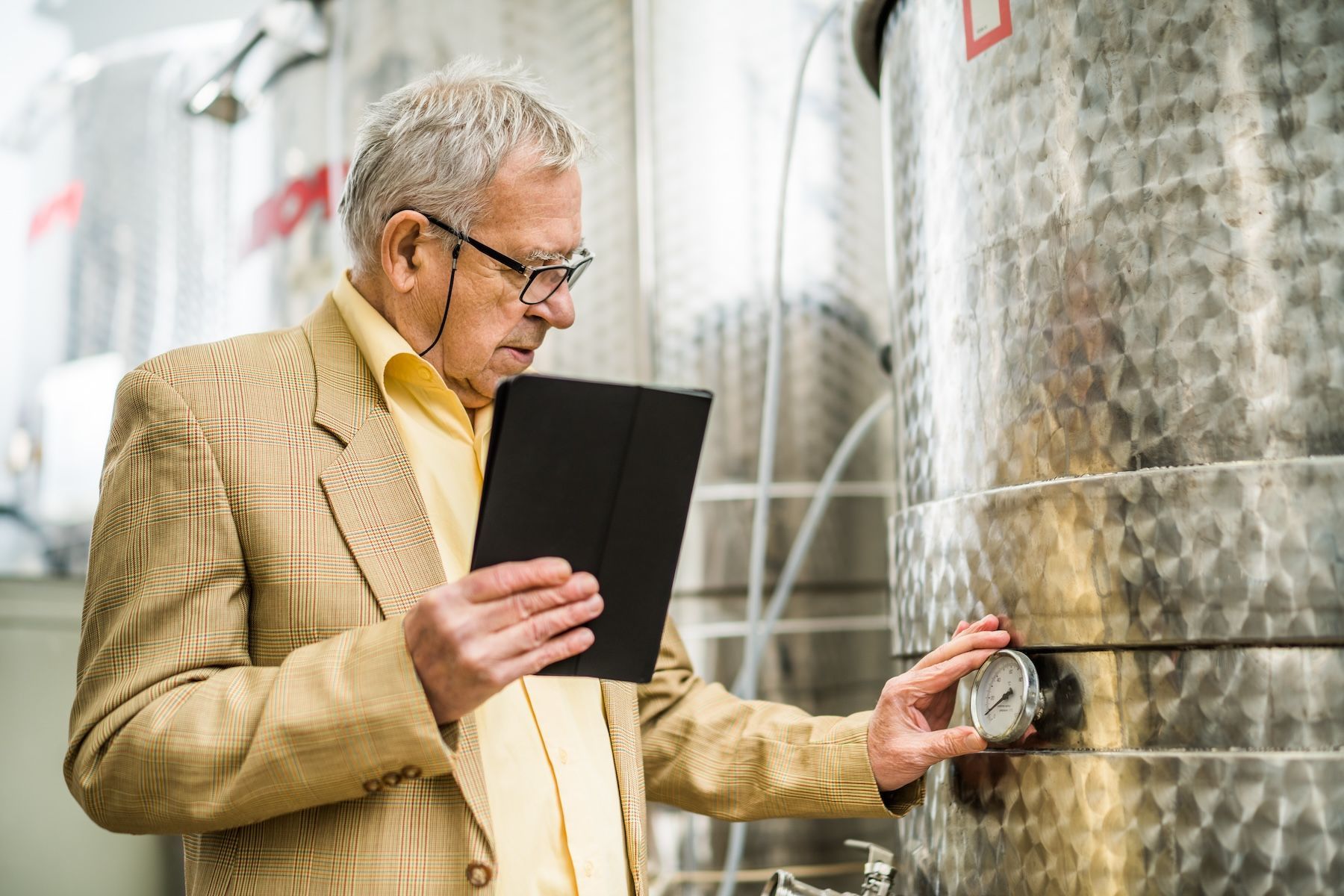
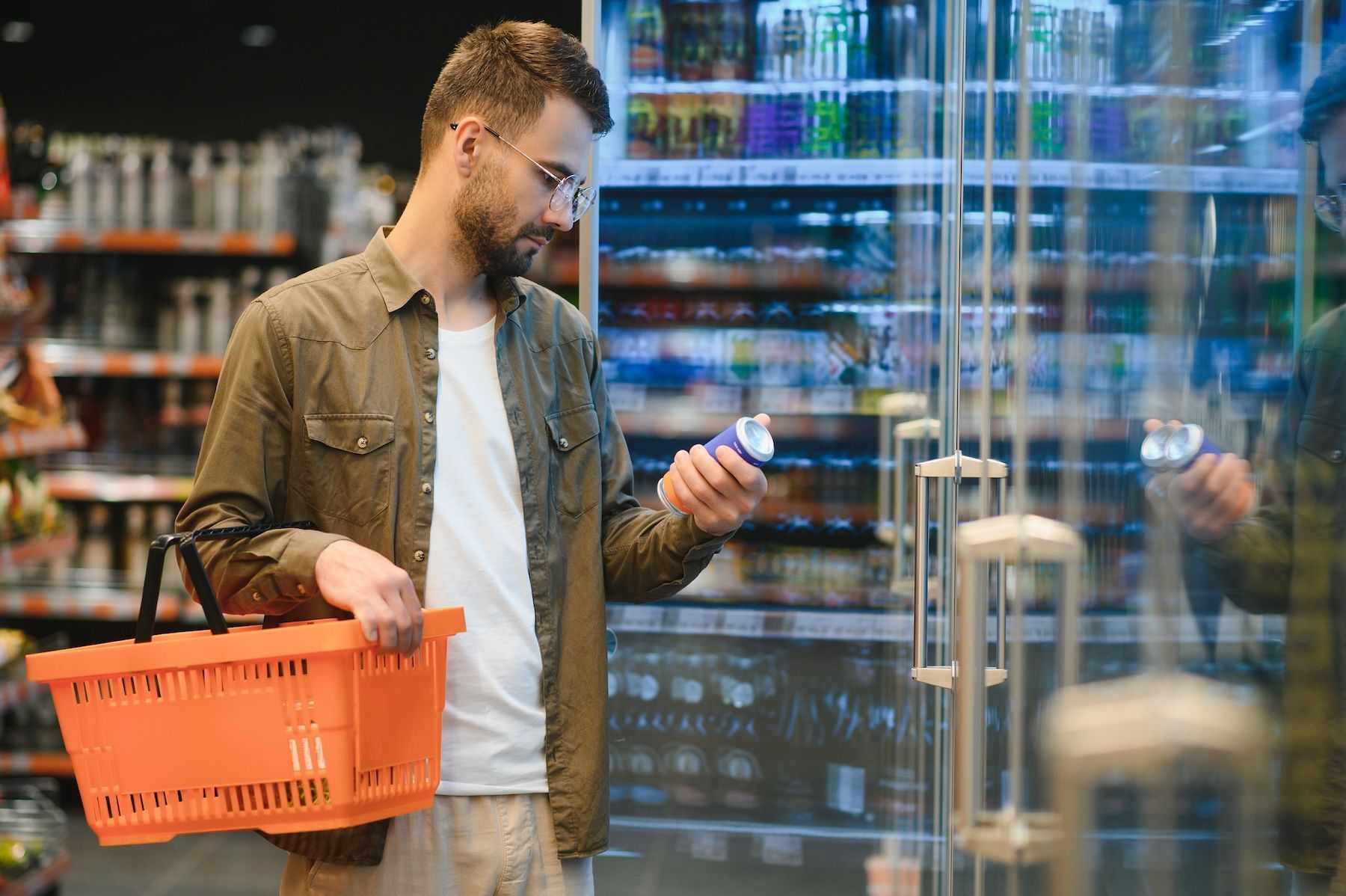

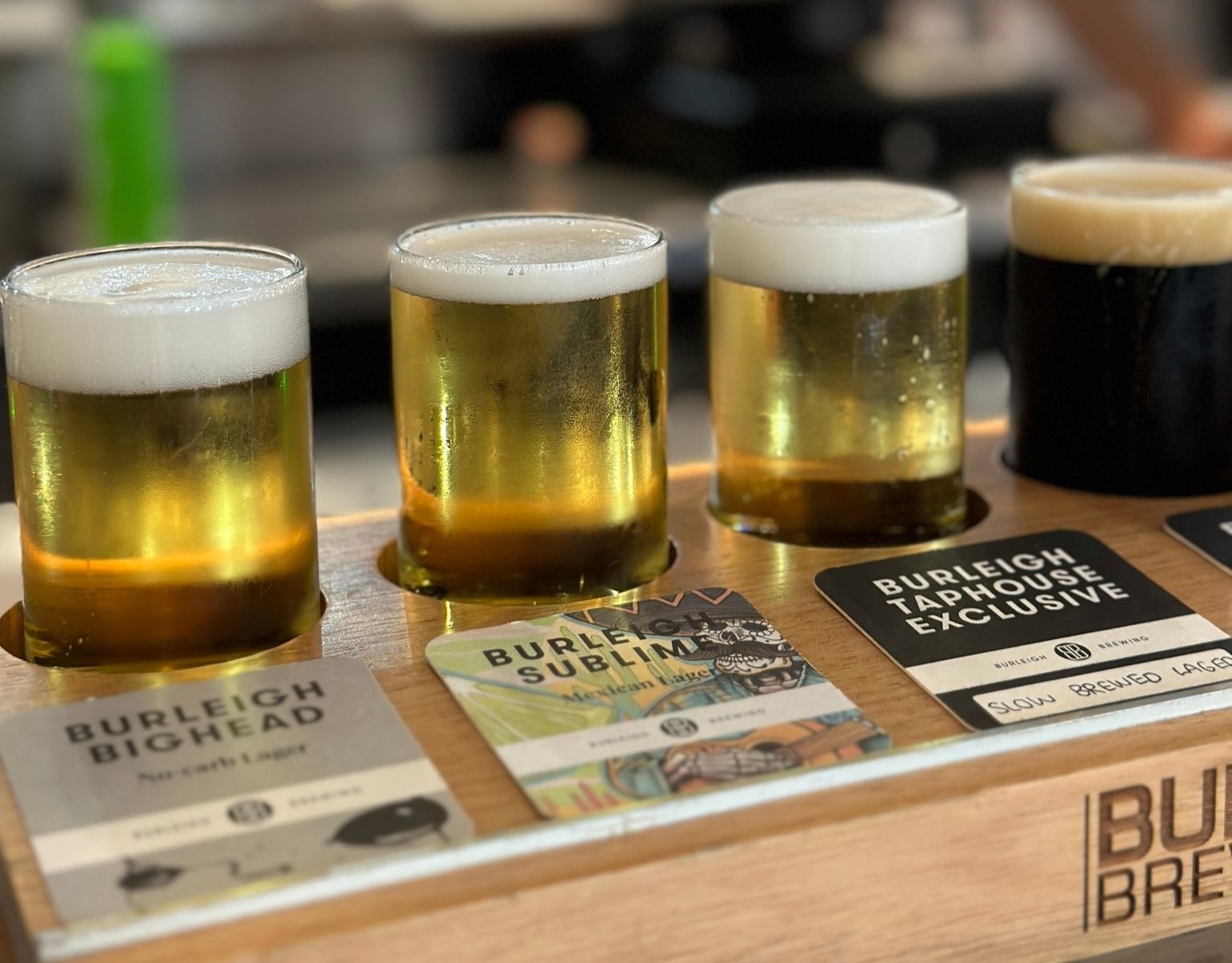
GET IN TOUCH
1512 Larimer Street, Suite #150
Denver, CO 80202
United States
(720) 699-0200
66 Goulburn Street
Sydney, NSW, 2000
Australia
+61 2 9044 1330

